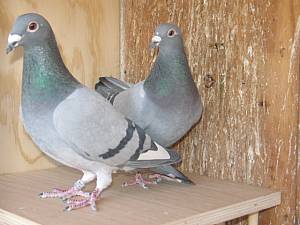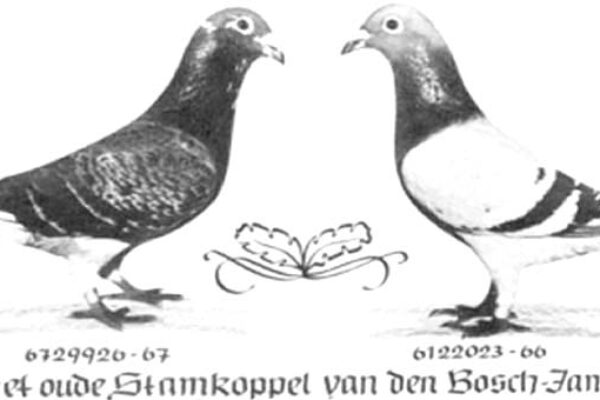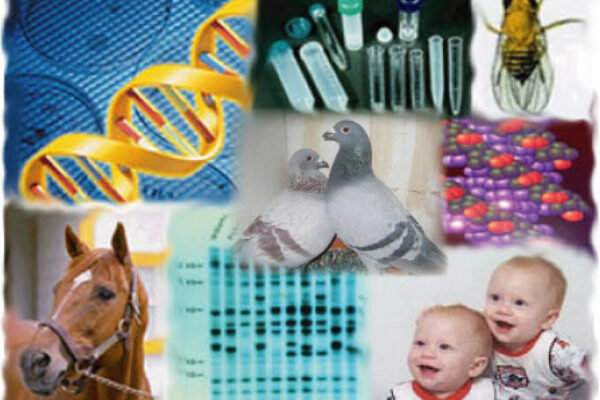How to Pair Your Pigeon Breeders—Part 2
 In the second part of this series on how to pair your pigeon breeders, we will discuss the issue of genetic links and how this factors into producing successful birds for your loft.
In the second part of this series on how to pair your pigeon breeders, we will discuss the issue of genetic links and how this factors into producing successful birds for your loft.
Genetic Links
Research studies have proven that pairing pigeon breeders that are linked genetically yields a high degree of success in racing and breeding. This is true if the common blood ranges between 28% and 37%. If you keep the line bred coefficient in line bred pigeons between 28% and 34%, you will certainly achieve better consistency in race winning than outcrosses, or birds that are inbred or line bred at a closer coefficient.
I found this to be true in my own loft. Taking a dominant gene pigeon that is a proven super racer or breeder, I then line breed at about a 31% ratio. Using this exact ratio, I have a bird take 6th place in the Snowbird race. Actually, that bird was also 6th overall best in the Snowbird race and futurity combined that year. This same percentage also proved to be successful in some of the local futurities and the New Orleans Open Classic.
Compared to outcross birds with no common ancestry within six generations, line breeding using the recommended coefficient is much more successful.
Outcrossing
Pairing two inbred pigeons with absolutely no relation is often just a shot in the dark. Yet, fanciers do this with the goal of achieving hybrid vigor. Because of its high degree of uncertainty, outcrossing can be a complete failure. Actually, according to European statistics, the percentage of successfully achieving hybrid vigor through outcrossing is around 17% or between 1:5 and 1:6. Compare this to breeding line bred for hybrid vigor, where the success rate goes up to 1:3 or 1:4.
When outcrossing in breeding, you can get a much higher percentage of success if you find a ‘nick’ pair. Sometimes a complete outcross pigeon will surface as a superstar not only in hybrid vigor but also with a gene combination that yields a steady, even great, racer. Outcrossing may be worth it each year, especially if you want to introduce a successful outcross back into one of your existing families.
By doing some homework, you can reduce the uncertainty in outcrossing is you use outcrosses that have a greater likelihood of nicking. Here are some combinations that have a known probability of nicking:
- Huyskens Van Riels with Haveniths (done often in New Jersey)
- Janssens cross well with many families
- Stoces and Grondelars
- Golden Couple from Meulemans wth Van Den Bosche blood crossed with Janssen blood.
This last combination resulted in an entire family of great birds.
So, there may be some great value in outcross pairing your breeders. It is definitely an option for you to consider.
In the final article in this series on how to pair your breeders, we will discuss line breeding, inbreeding and calculating breeding coefficients.
See also How to Pair Your Pigeon Breeders—Part 1 | How to Pair Your Pigeon Breeders—Part 3









Thanks 🙏 for all your information
Most fanciers in Belgium and Holland use crosses all the time for breeding even a lot of
the big names in the sport there do this.
I would liketo know about a optimal pairing to get a co efficiency of 31-34 % based on the scale you have tabled
I personally don’t think one can breed mathematically, find it very hard to believe that 31% will make any difference to 35% for example….my motto best to best and forget the rest and the only theory I take into consideration is the basket theory , obviously you get your disappointments but so do you in any other method of breeding.